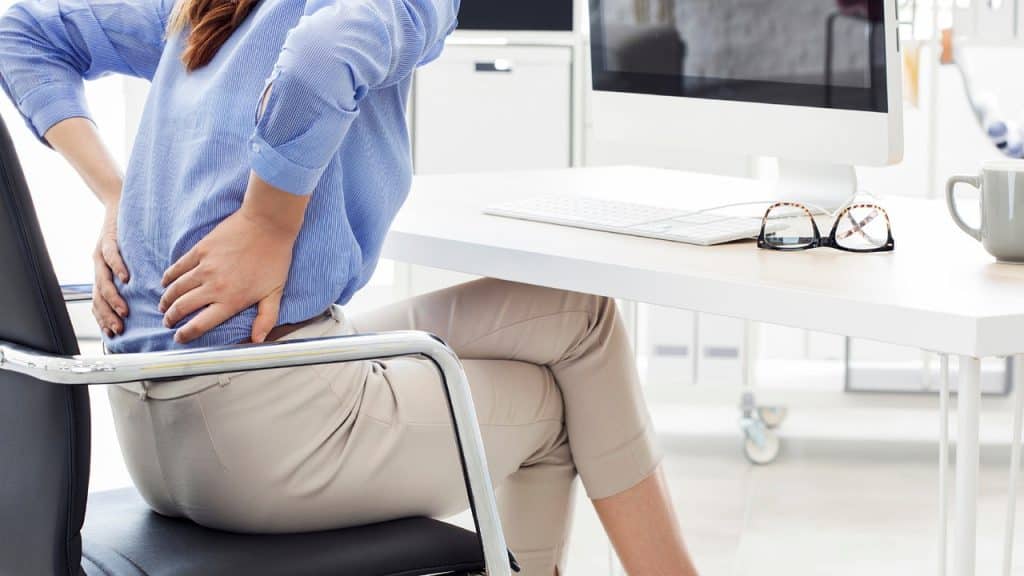A common issue that affects people of all ages and activity levels is lower back pain. Whether you're a professional athlete, a desk worker, or work outdoors, you may experience pain in this area at some point in your life. In this article, we'll explore the different types of lower back pain, their causes, and some simple lower back pain relief that can help alleviate the discomfort.
Types of Lower back Pain
Lower back pain can be divided into two broad categories: acute and chronic. Acute back pain is sudden and short-lived, lasting for a few days to a few weeks. Chronic back pain, on the other hand, is long-lasting and persistent, lasting for more than three months.
Acute back pain is usually caused by an injury or sudden movement that strains the muscles, ligaments, or discs in the lower back. Chronic back pain, on the other hand, can have multiple causes, including spinal stenosis, degenerative disc disease, or herniated discs.
Causes of Lower Back Pain
There are several factors that can contribute to lower back pain. These include poor posture, lack of exercise, obesity, and a sedentary lifestyle. Here are some common causes of lower back pain:
- Poor Posture: Sitting or standing in the same position for extended periods can lead to lower back pain. It's important to maintain proper posture to reduce the strain on your lower back muscles and ligaments.
- Lack of Exercise: A lack of exercise can cause weak muscles and poor flexibility, which can increase the risk of lower back pain.
- Obesity: Excess weight can put pressure on the lower back, leading to pain and discomfort.
- Sedentary Lifestyle: Sitting for long periods of time can cause lower back pain. It's important to take regular breaks and stretch your muscles to prevent stiffness.
Simple Solutions for Lower Back Pain
If you're experiencing lower back pain, there are several simple solutions that can help alleviate the discomfort. The NHS UK has some practical advice on how to ease your back pain with dos and don'ts which are worth taking a look at. Here are some further tips:
- Exercise: Regular exercise can help strengthen the muscles in your lower back and reduce the risk of pain. Try low-impact activities like walking, swimming, or yoga.
- Stretching: Stretching can help improve flexibility and reduce tension in your lower back muscles. Try stretching for a few minutes every morning and before and after exercise.
- Proper Posture: Maintaining proper posture can help reduce the strain on your lower back muscles and ligaments. When sitting, keep your feet flat on the ground and your back straight.
- Heat Therapy: Applying heat to your lower back can help reduce pain and stiffness. Try using a heating pad or taking a warm bath.
- BacPain Relief Medication: Over-the-counter pain relief medication like ibuprofen or acetaminophen can help reduce lower back pain.
- Professional Help: If your lower back pain persists, it's important to seek professional help. A doctor or physical therapist can help diagnose the underlying cause of your pain and provide treatment options.
Conclusion
Lower back pain can be a nuisance, but it doesn't have to be a constant struggle. By understanding the causes of lower back pain and implementing simple solutions like exercise, stretching, and proper posture, you can reduce your risk of pain and discomfort. Remember, if your lower back pain persists, it's important to seek professional help to get to the root of the problem. If you are pregnant please see your medical professional for further advice. For additional help on how to improve your back pain, you can check out this resource: https://www.thewellnesshandbook.com/backpainbreakthrough

